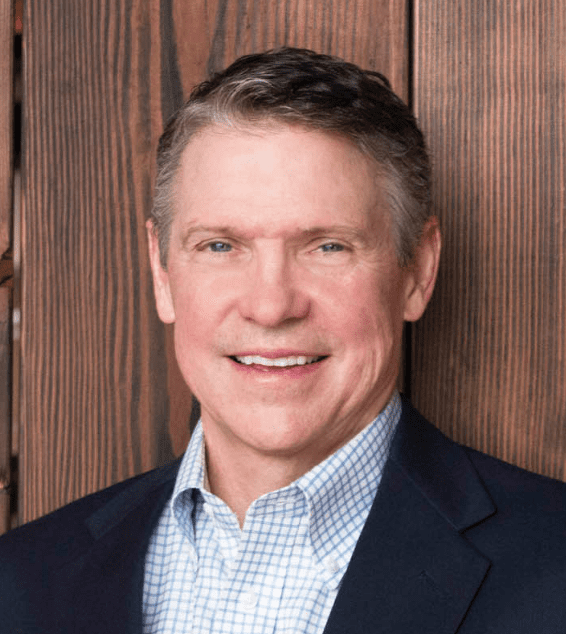The primary source of revenue in most hearing care practices has long been the sale of hearing aids, and hearing aids have historically been sold as “bundled pricing”, usually including two hearing aids with unlimited service. For some patients that could mean an hour of service, and for others it could mean more than 10.

“It’s hard to predict, but it’s the same price for everybody, regardless of how much time they use with the clinician,” says Brian Taylor, AuD, director of Clinical Content Development at Signia who has published articles on the subject. “That’s the heart of the inefficiency. Everybody gets the same bundled package.”
The fee-for-service (FFS) model aims to determine which patients don’t require a lot of time. For example, Taylor estimates that a first-time hearing aid wearer may need 2 to 3 hours of clinical time or face time with a professional. “The question becomes: How do I take some of that face time and put it online via video chat?” Taylor says. “I can break up the appointments into smaller chunks and make it more meaningful, convenient, and targeted.”
Related article: Getting Ahead of the Curve: Four Cornerstones of a Fee-for-Service Clinic
In short, the licensed professional should be spending as much time as possible in clinically meaningful revenue-generating activities, delegating when appropriate and then effectively leveraging telehealth. Realities of the ongoing global pandemic have caused telehealth to become more important than ever, and understanding how to monetize these interactions is a key component of the FFS model.
“Monetization in healthcare is a bit of a touchy word, but you have to make sure you are generating revenue with the interactions you have with patients,” stresses Taylor. “The bigger picture is efficiency to make sure you’re spending the right amount of time with the right person, and knowing when to offload some of those activities to assistants.”
Every patient is different, but survey results show that consumers value the expertise and services of audiologists and hearing aid specialists. Taylor points to results of the most recent MarkeTrak survey. “They looked at current hearing aid wearers and people who were candidates for hearing aids but were non-owners,” he says. “Both groups, when asked if they wanted an OTC solution, shied away from it. There is survey data that the majority of current owners and non-owners understand and value the service component.”
While the bulk of the overall price is still going to be the devices, Taylor explains that some audiologists are also selling a service package, which usually encompasses two devices plus a certain number of hours. “If someone is using the bundled package model, the patient is still paying a flat fee, but they are seeing that some of the components are service-related,” he says. “It’s a hybrid approach, and financing options would be an important factor in these situations.”

Hans Zandhuis, head of Charlotte-based Ally Lending, confirms that such financing arrangements are indeed on the table. “We really finance the ticket, so that covers the visits and the device,” he says. “It does vary by vertical in terms of how the doctors do it, but we are open to these hybrids. We are flexible.”
The Challenge of Unbundling
Dan Quall, MS, director of Strategic Initiatives at Fuel Medical, Camas, Washington, describes an FFS practice as essentially an unbundling strategy, “where you look at the cost of the product, and then you add and charge for services you do individually to support the product.” Unbundling is a way for audiologists to get reimbursed for the time they spend with patients, while creating a more competitive pricing structure. To get there, Quall recommends specific steps:

Step #1: Understand your required revenue per clinical hour as you develop charges. Understand what you need to charge for the variety of services based on the amount of time spent with patients. This is the “margin” or revenue per clinical hour, and it is the basis of pricing for services.
Step #2: Create a superbill. A superbill is a list of all the services you provide in the clinic, the associated time of the service, and the associated charge to patients for that particular service. When patients come in and receive three different things, they can see what those charges are.
Step #3: Consider payment options. Know that many financing companies will be willing to use their creative options to finance “hybrid” packages that settle on one amount to bundle service fees and hearing aid costs.
Step #4: Create materials to facilitate the right conversations with patients when recommending products and services. The materials must clearly explain how the clinic works relative to its fee for service, because historically hearing aids have been in a bundled format.
Step #5: Understand what unbundling does to your profit and loss statement. If you are changing from a bundled program to an unbundled program, it’s a significant shift in accounting and metrics.
Step #6: Establish an effective call-back and patient communication system. When patients don’t come in for follow ups, you must get them in. Think about the dental model and how they communicate if you fail to get your teeth cleaned. That’s the model that audiologists and hearing aid specialists are striving for in this FFS concept.





